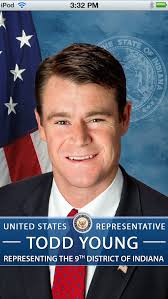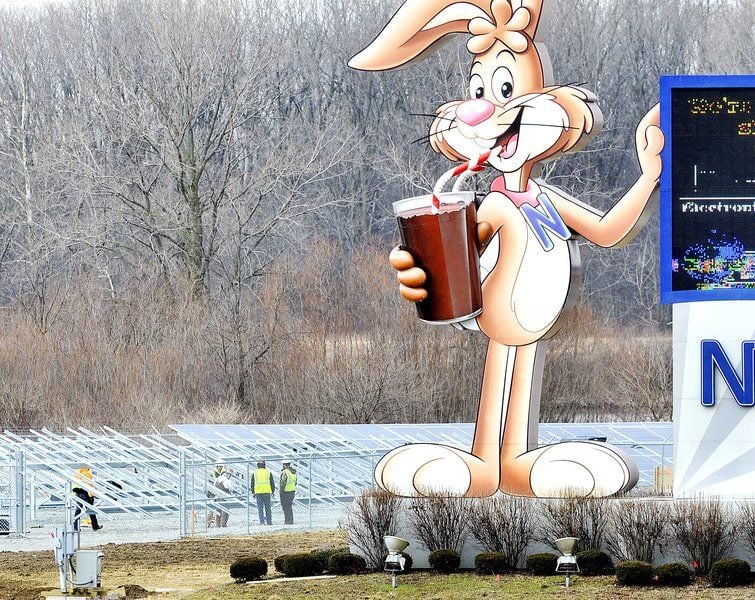
MUNCIE — Struggling Brevini Wind Division, a maker of large gearboxes, will cease operations in Delaware County at the end of August, company President Brian Richardson announced.
About 20 Brevini Wind employees, mostly machinists, CNC operators and quality control, will lose their jobs.
"While Brevini Wind may be ceasing operations in the United States, Brevini USA will remain, and we will work in a highly responsible manner to help mitigate the impact to our employees and the local community," Richardson said in a press release.
The Brevini USA subsidiary of Brevini Group's Power Transmission business unit, located in Park One/332 business park next to Brevini Wind's facility, employs more than 40 workers and will continue there, operating under a consolidated "One Brevini" corporate structure.
Richardson said the company will honor its obligations to the county and repay money for failing to create jobs. The company was originally to create 450 jobs, and paid $375,000 in penalties last year for failing to meet numbers. Richardson said the county will receive an $800,000 payment next spring, for a total of about $1.2 million to be returned to the county.
The workers who are losing their jobs will receive severance packages. Brevini Wind will work with other manufacturers and WorkOne to help displaced workers find other jobs.
Richardson said Brevini is seeking a new company to purchase the property and building where Brevini Wind's U.S. operations are located.
"We are actively working with commercial real-estate companies and will work with the local economic development board to help attract a new manufacturer to the property," Richardson said.
Brevini's Delaware County facility opened in 2010 to great fanfare, as the market for gearboxes for wind turbines was expected to take off. That did not happen because of market and regulatory forces, and the company was never able to generate predicted employment figures.






